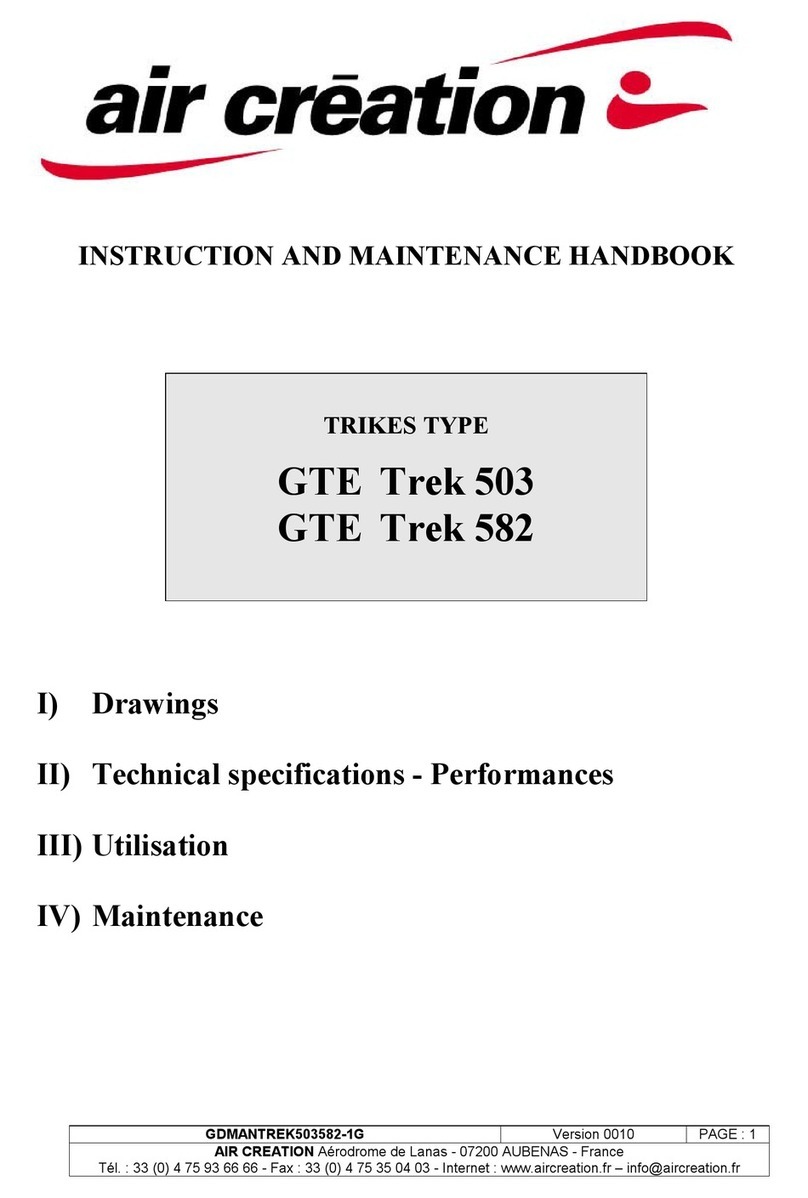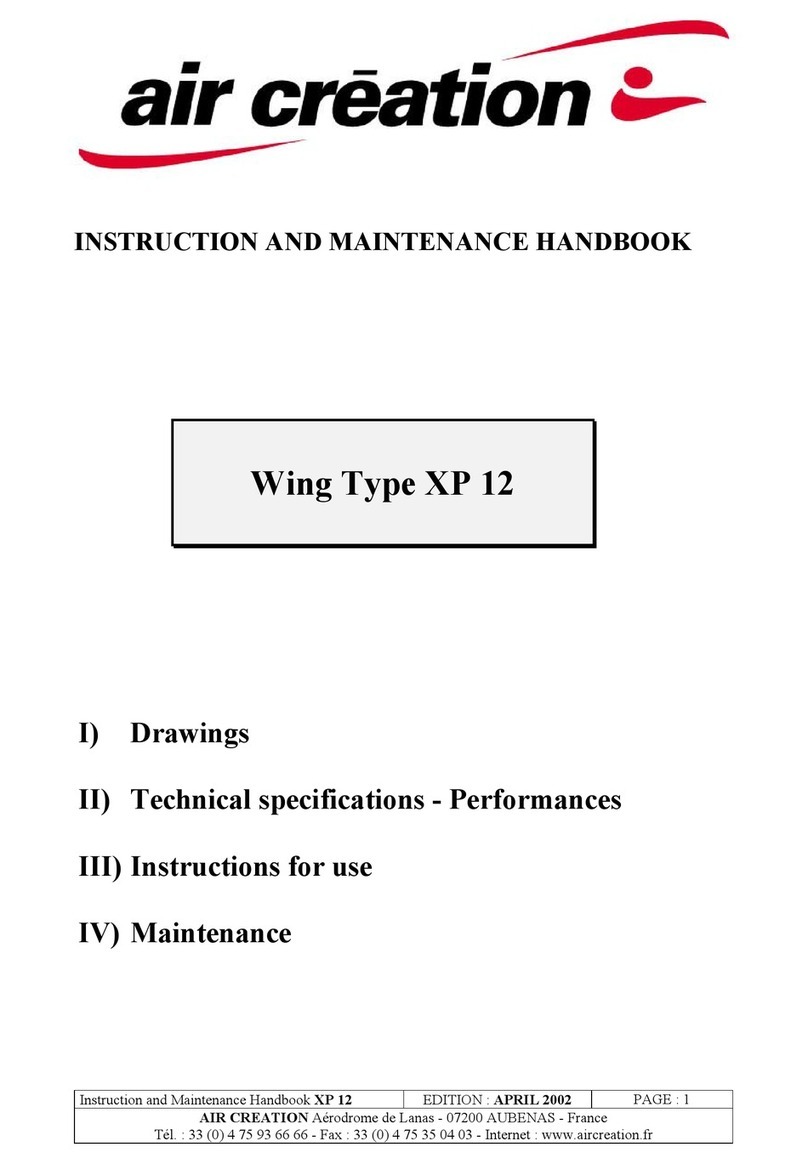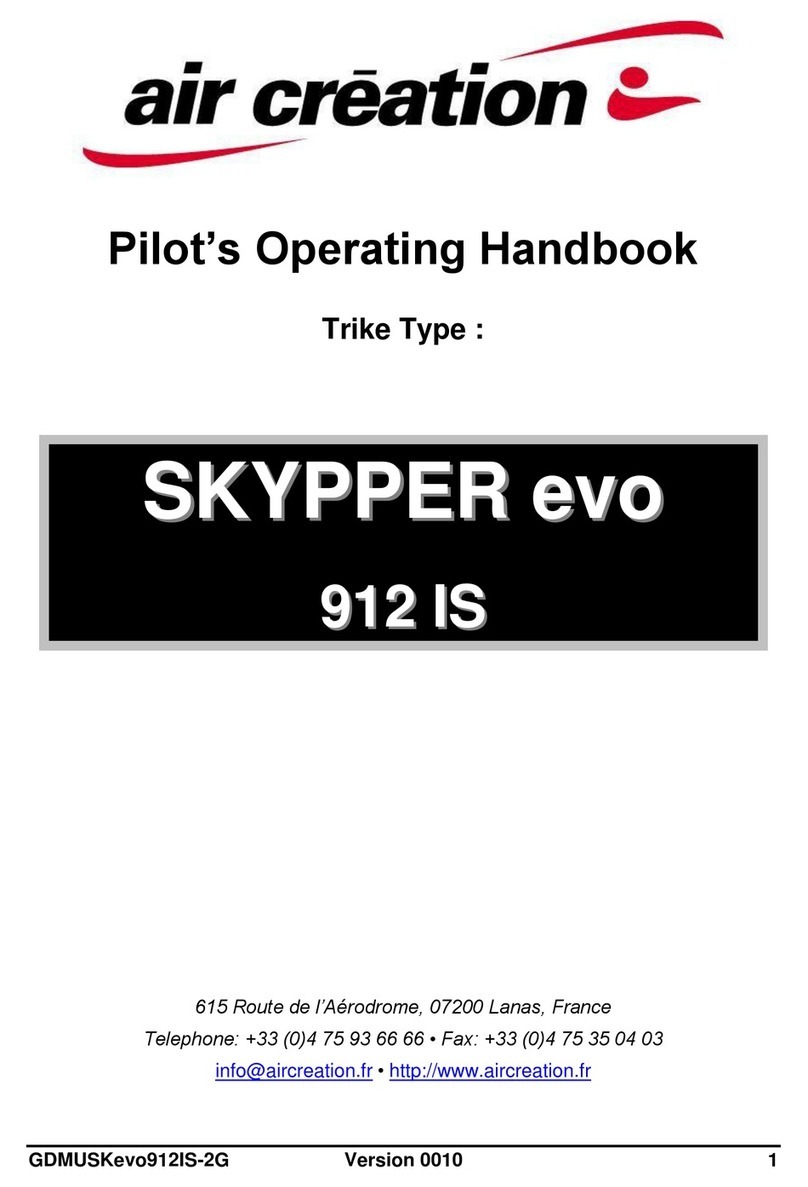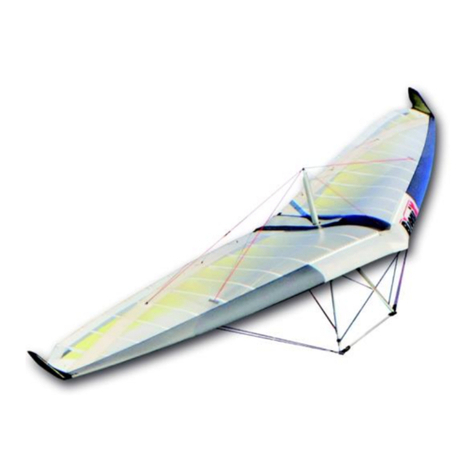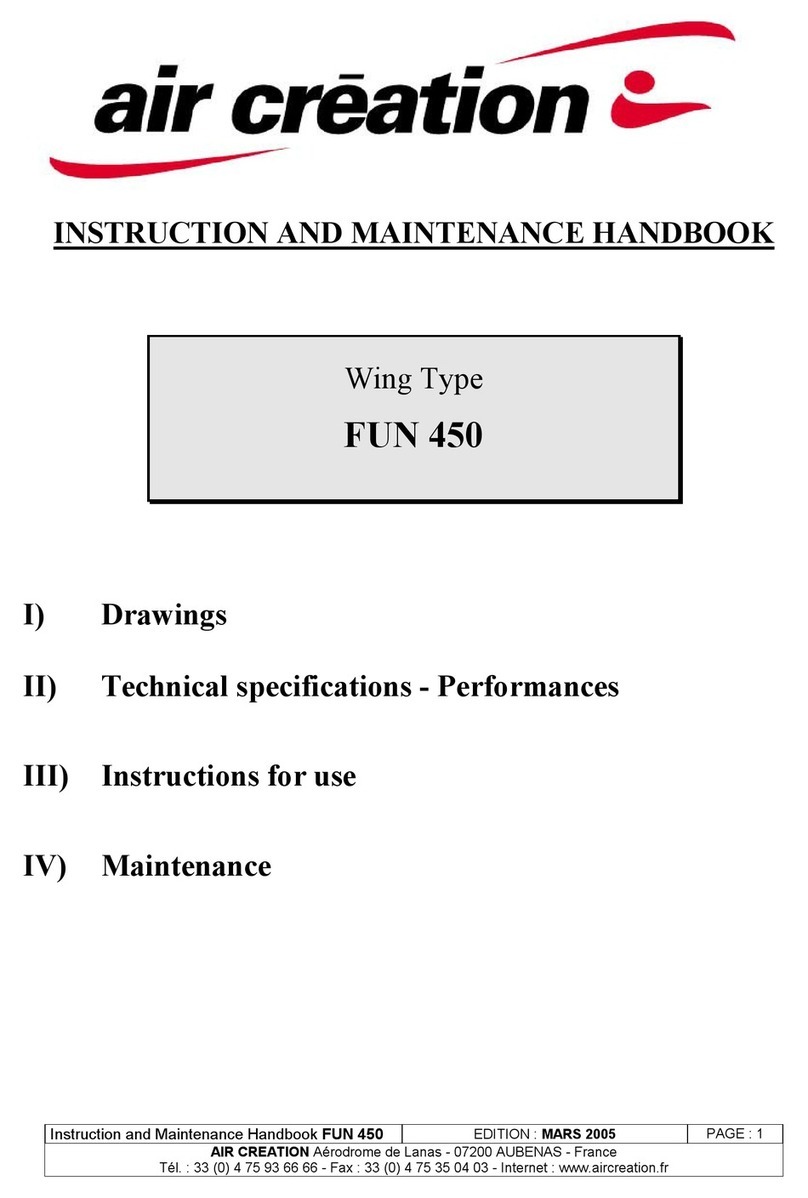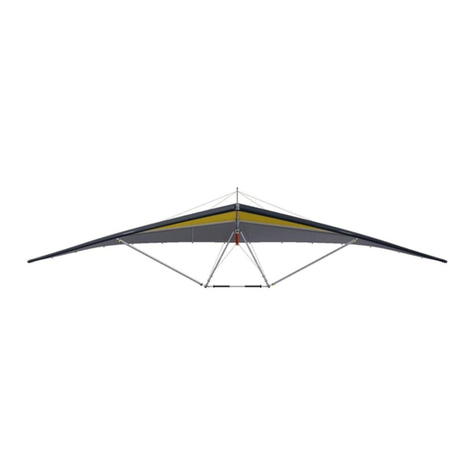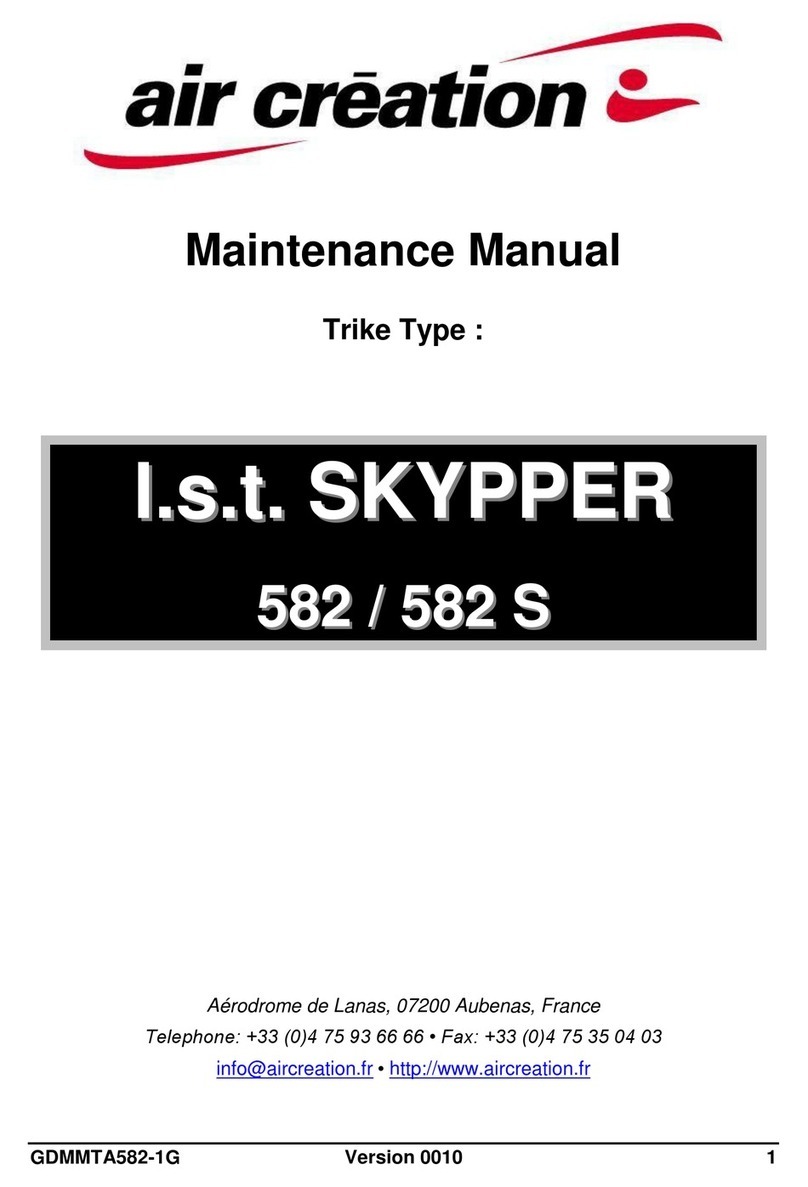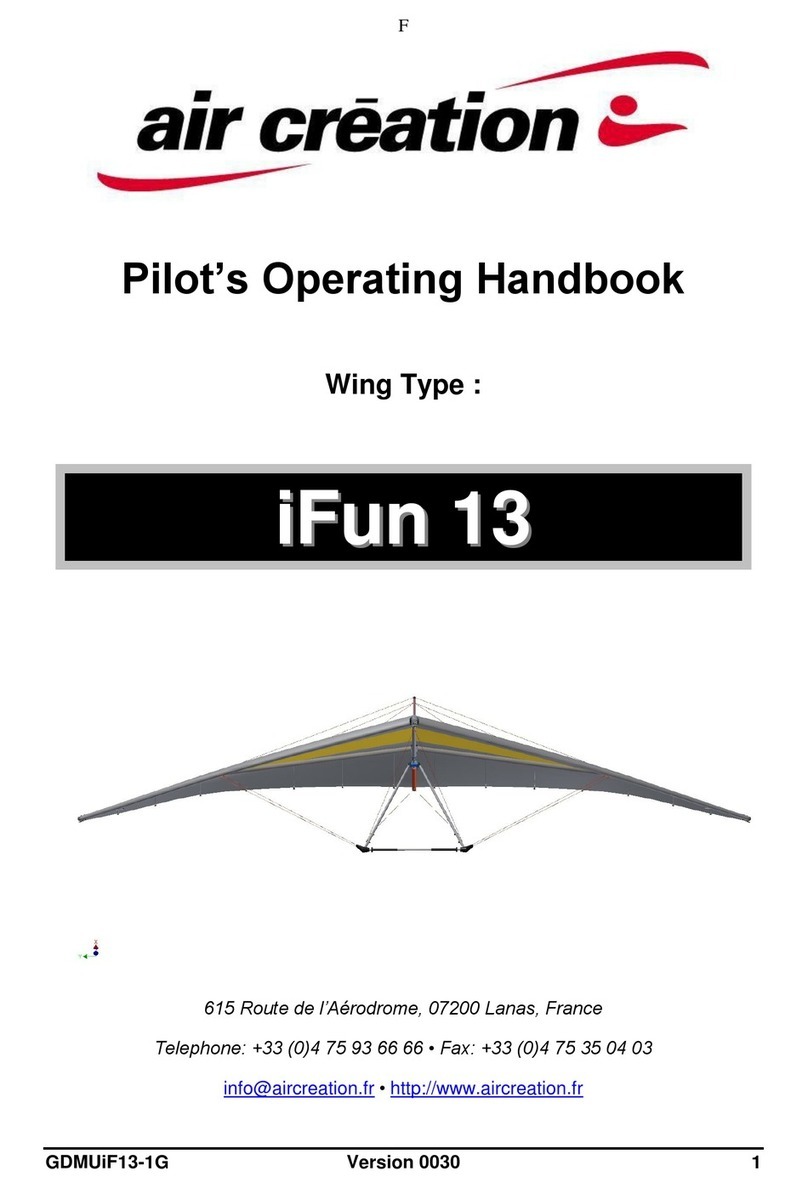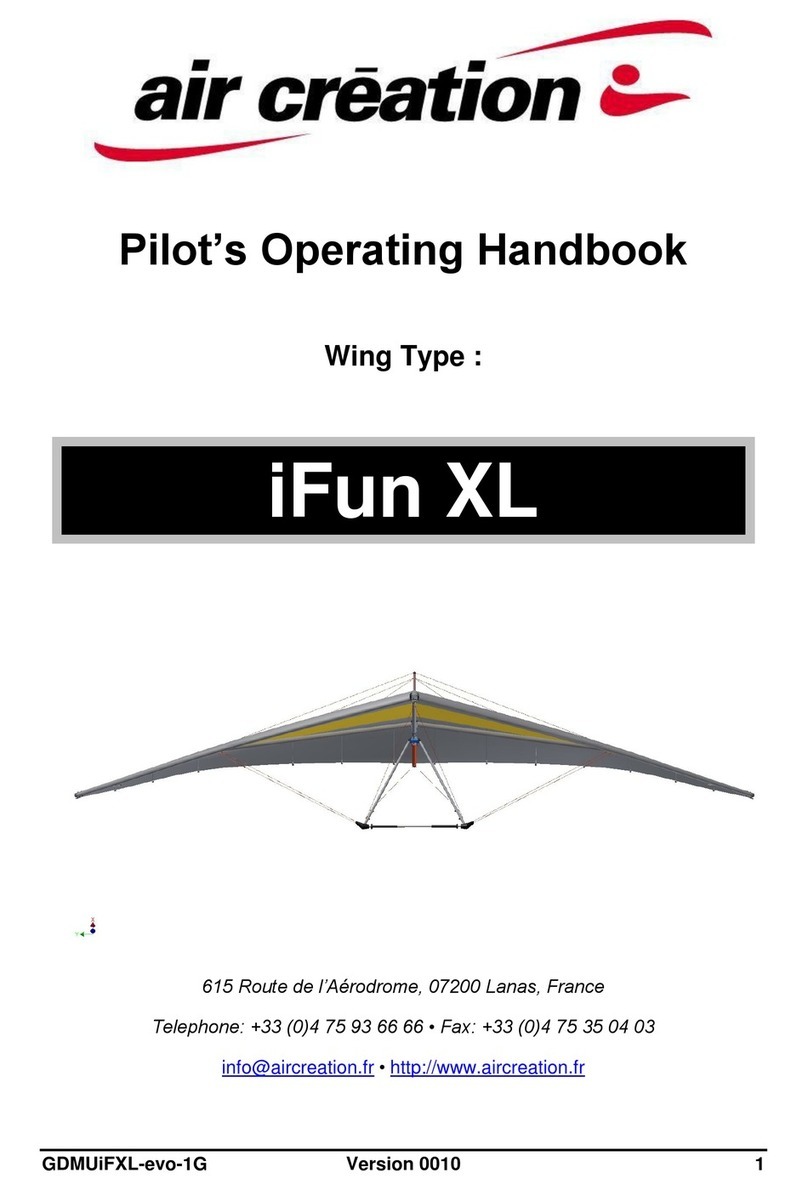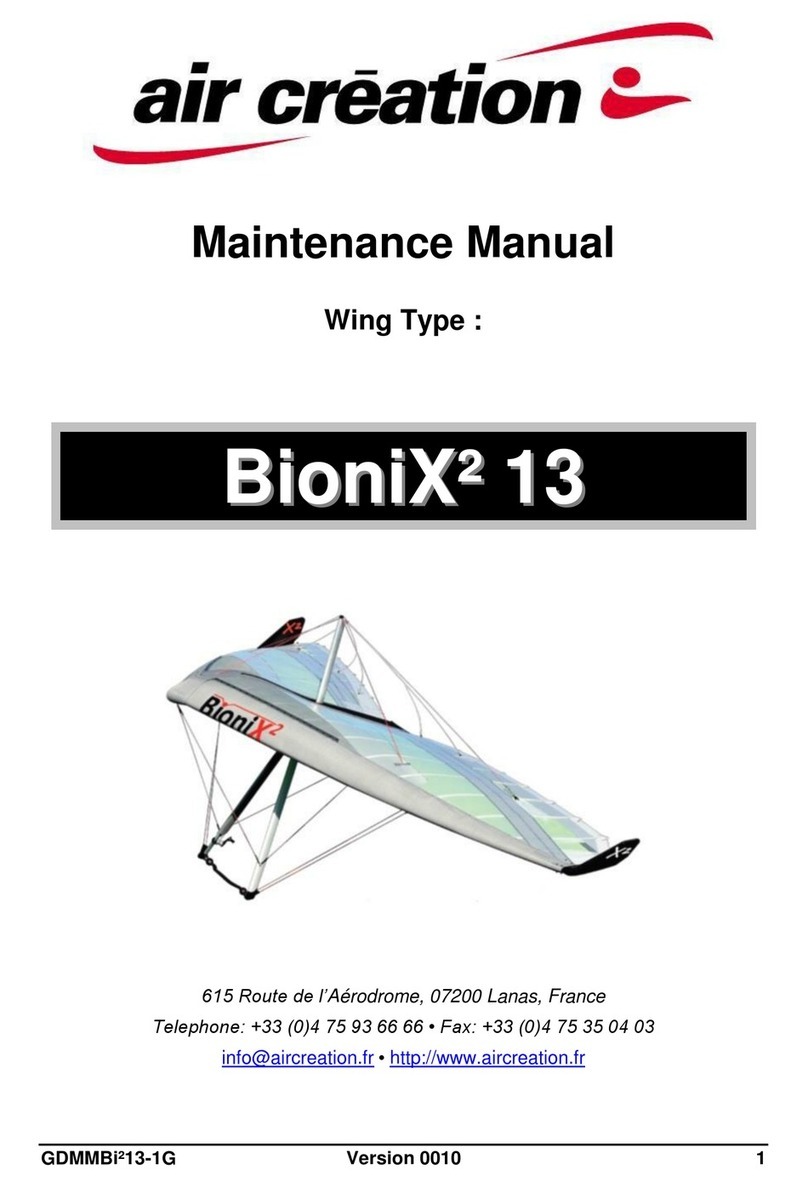
GDMANiFUN 13 SP-1G Version 0030 2
1 Table of Contents
1Table of Contents..............................................................................................................2
2Amendment Record Sheet ...............................................................................................3
2.1 Table of Amendments...................................................................................................3
2.2 Amendments.................................................................................................................3
3General ...............................................................................................................................4
3.1 About this Document.....................................................................................................4
3.2 3-Perspective Diagram .................................................................................................5
Figure 3-1 : iFUN 13 SP in 3 Perspectives................................................................................5
4Technical Specifications - Performance.........................................................................6
4.1 Technical Specifications ...............................................................................................6
4.2 Maximum Load / Trikes Adaptation ..............................................................................6
4.3 Performance .................................................................................................................7
5Instructions for use...........................................................................................................8
5.1 Assembly - Disassembly...............................................................................................8
5.1.1 Assembly................................................................................................................8
5.1.2 Disassembly.........................................................................................................12
5.2 Folding –Unfolding on the Pixel Trike........................................................................13
5.2.1 Folding on the Pixel Trike.....................................................................................13
5.2.2 Unfolding on the Pixel Trike .................................................................................16
5.3 Pre-Flight Check .........................................................................................................19
5.4 Flight Specifications....................................................................................................20
5.4.1 Operational Limitations.........................................................................................20
5.4.2 Controls................................................................................................................20
5.4.3 Flight Techniques.................................................................................................20
5.4.4 Adjustments..........................................................................................................24
6Maintenance.....................................................................................................................27
6.1 Transportation.............................................................................................................27
6.2 Storage........................................................................................................................27
6.3 Inspections & Scheduled Maintenance.......................................................................27
6.3.1 Time Limits............................................................................................................27
6.3.2 Safety Procedures..............................................................................................28
6.3.3 Wing Maintenance Schedule................................................................................29
6.4 Unscheduled Maintenance.......................................................................................30
6.4.1 General ................................................................................................................30
6.4.2 Inspection after Heavy Landing........................................................................30
6.4.3 Inspection after Heavy Turbulence...................................................................30
7Appendix ..........................................................................................................................31
7.1 Maintenance Operation Board....................................................................................31
7.2 Wing –Quality Form ...................................................................................................33
